Thin metal parts, including springs, are used for safety, security, and comfort functions in the automotive, electronics and medical sectors power the world.
PEI leverages the power of photochemical etching, a manufacturing process that produces burr-free parts in intricate geometries essential in precisely fabricating springs.
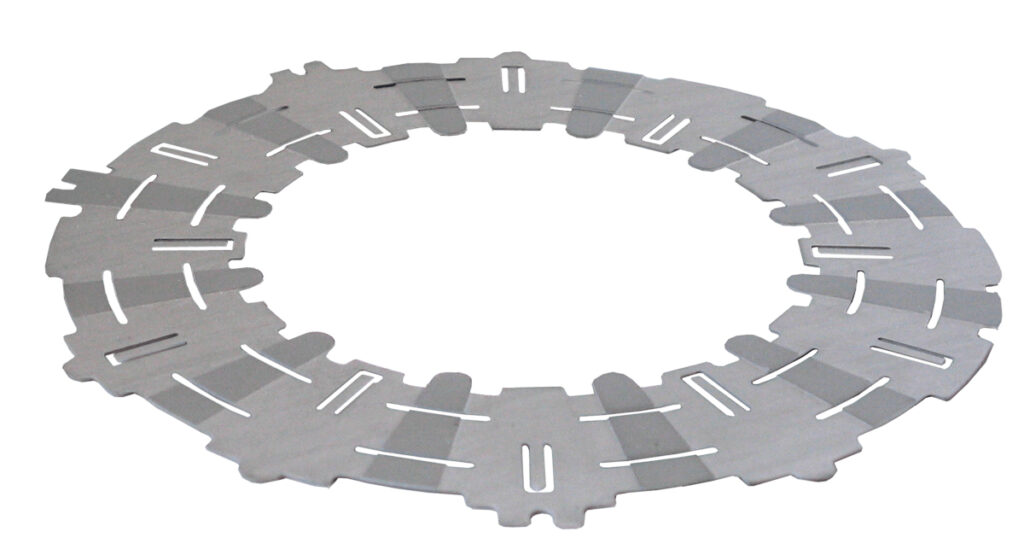
Springs are flat metal strips designed to flex and return to their original shape when a force is applied. They are versatile and usually small, making them ideal for limited-space applications.
Our photochemically etched springs are manufactured with custom, intricate features and profiles tailored to meet the unique needs of any industry — offering unparalleled precision, durability, and performance.
PEI’s springs can be used in electrical contacts, clips, and cantilever springs.
There are various factors to consider when selecting what material to use for springs, and PEI’s experts are here to walk you through your options. Material strength, resistance to corrosion, fatigue, and thermal ranges are all important things to consider when choosing the right metal.
PEI has decades of experience fabricating springs from these materials:
Stainless Steel
Titanium
Inconel
Monel
Beryllium Copper
Phosphor Bronze
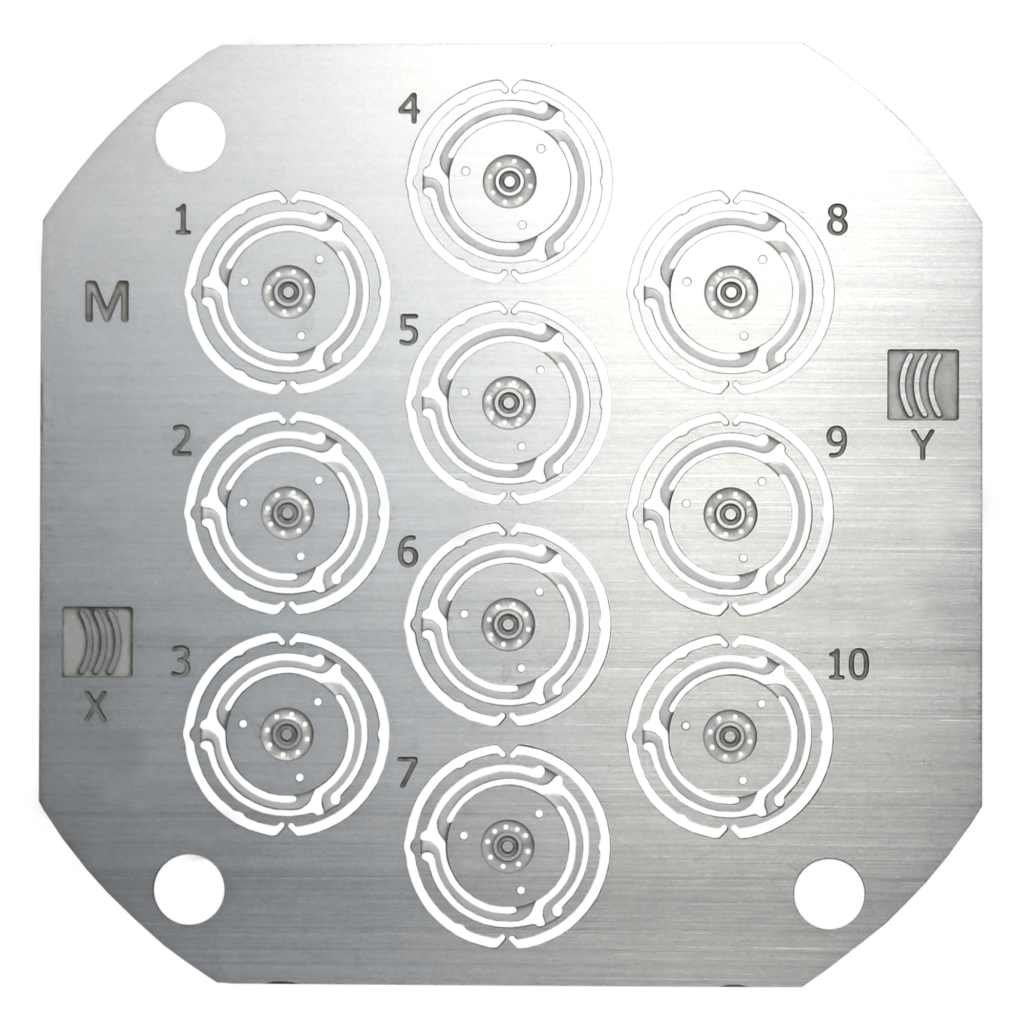
Our springs provide versatility and reliability, making them a cornerstone in numerous industries.
Key applications include:
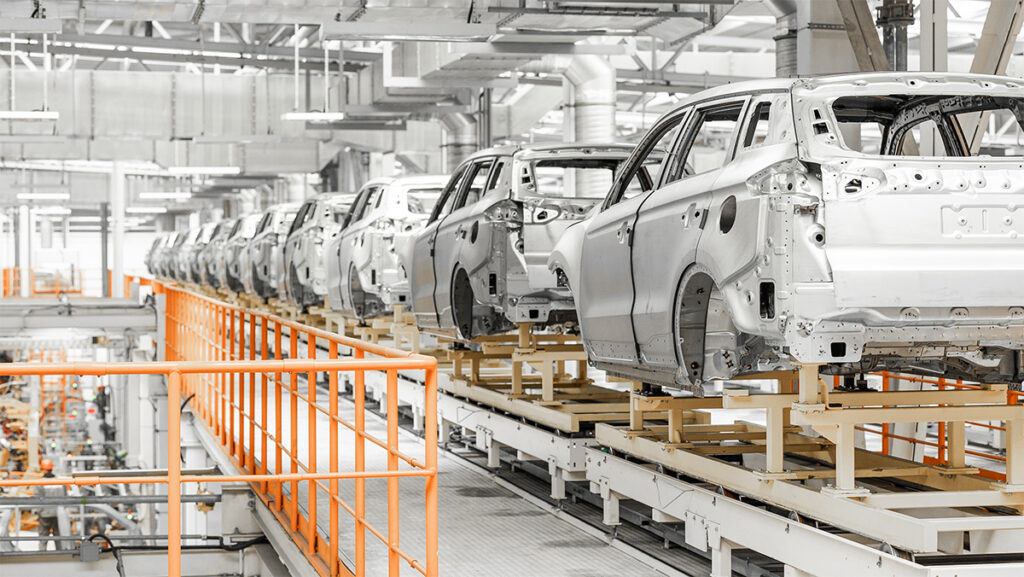
Springs are integral components, contributing to vehicle performance, safety, and comfort. They also provide support and absorb shocks, and within the braking system, they contribute to consistent and reliable braking performance.
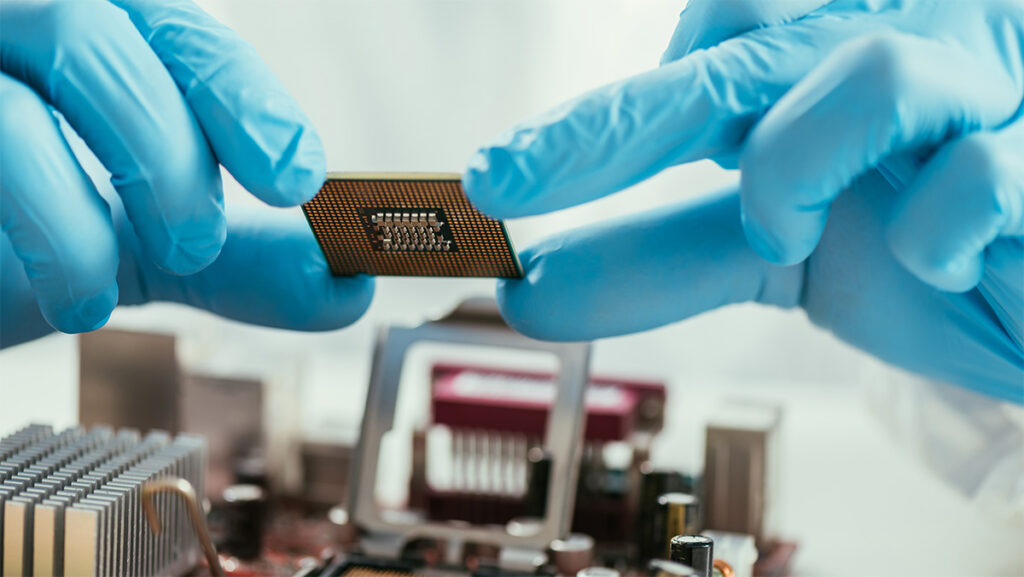
Springs excels in this domain by providing reliable and efficient solutions. They are essential components in electrical connectors, ensuring secure and conductive connections. Springs offer structural support, vibration damping, and other critical functions.
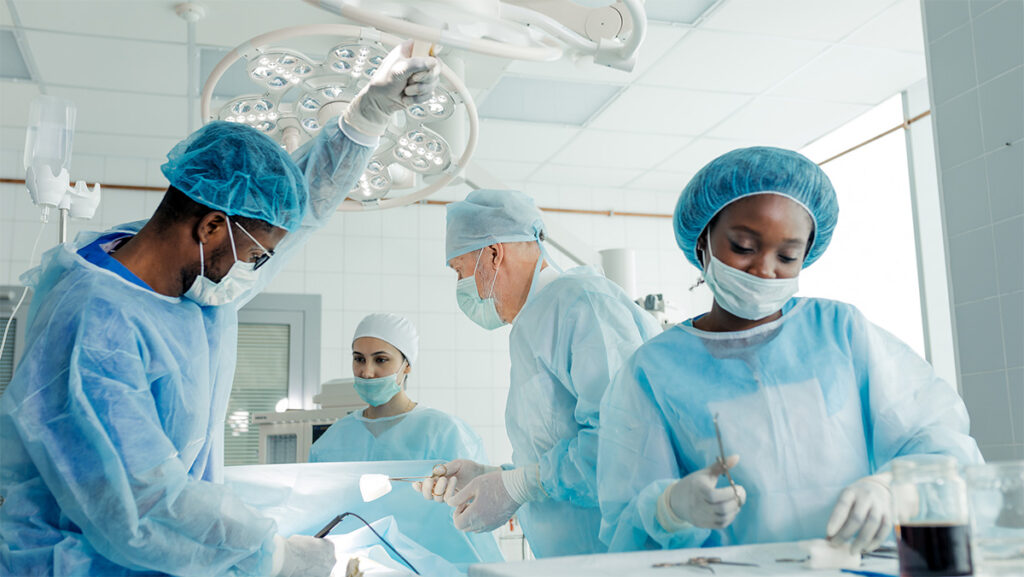
Springs are crucial to surgical instruments, providing precise and controlled movements while offering support and flexibility. Other medical equipment, such as diagnostic devices and patient monitoring systems, rely on flat springs for accurate and reliable operation.
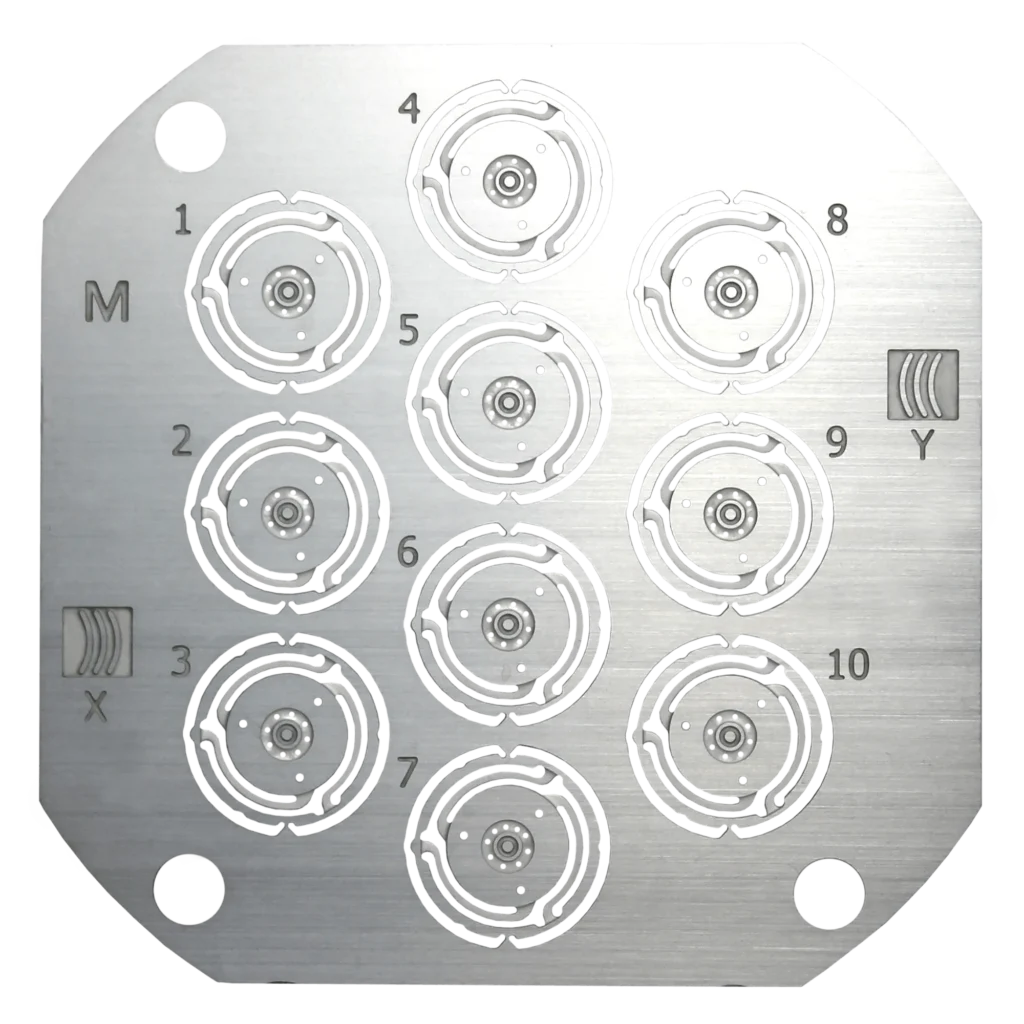
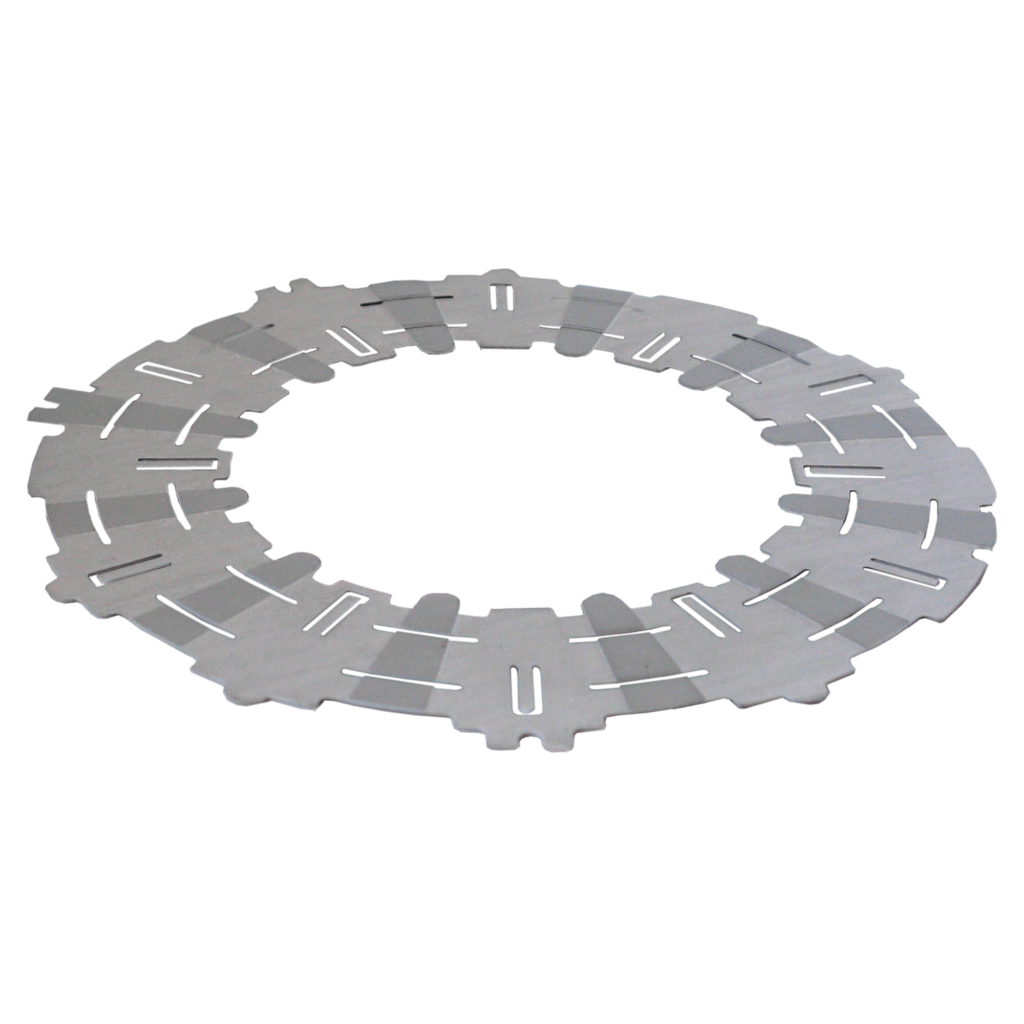
Photochemical etching, also known as precision chemical machining, chemical blanking, or acid etching, is an exact subtractive manufacturing process where chemical etchants selectively remove metal from a thin sheet to create intricate shapes, patterns, and features. Unlike traditional methods, photochemical machining does not involve mechanical force or direct contact with the sheet of metal, minimizing the risk of distortion, burrs, or stress-induced deformation.
The benefits of photochemically etching springs include fabricating precise parts with intricate geometries and accurate patterns.
Here are additional benefits of titanium photochemical etching:
With a history of engineering excellence, PEI is among the top companies providing photochemically-etched metal parts and components for a variety of critical industries.
With ISO-9001:2008 and AS9100 certifications, PEI was also granted certification under the International Traffic in Arms Regulation (ITAR) in 2010, enabling it to provide weapon system components and accessories in compliance with the Code of Federal Regulations implemented by the U.S. Department of State.
Our rigorous inspection processes and testing procedures ensure that every product we produce meets stringent accuracy, reliability, and performance standards.
